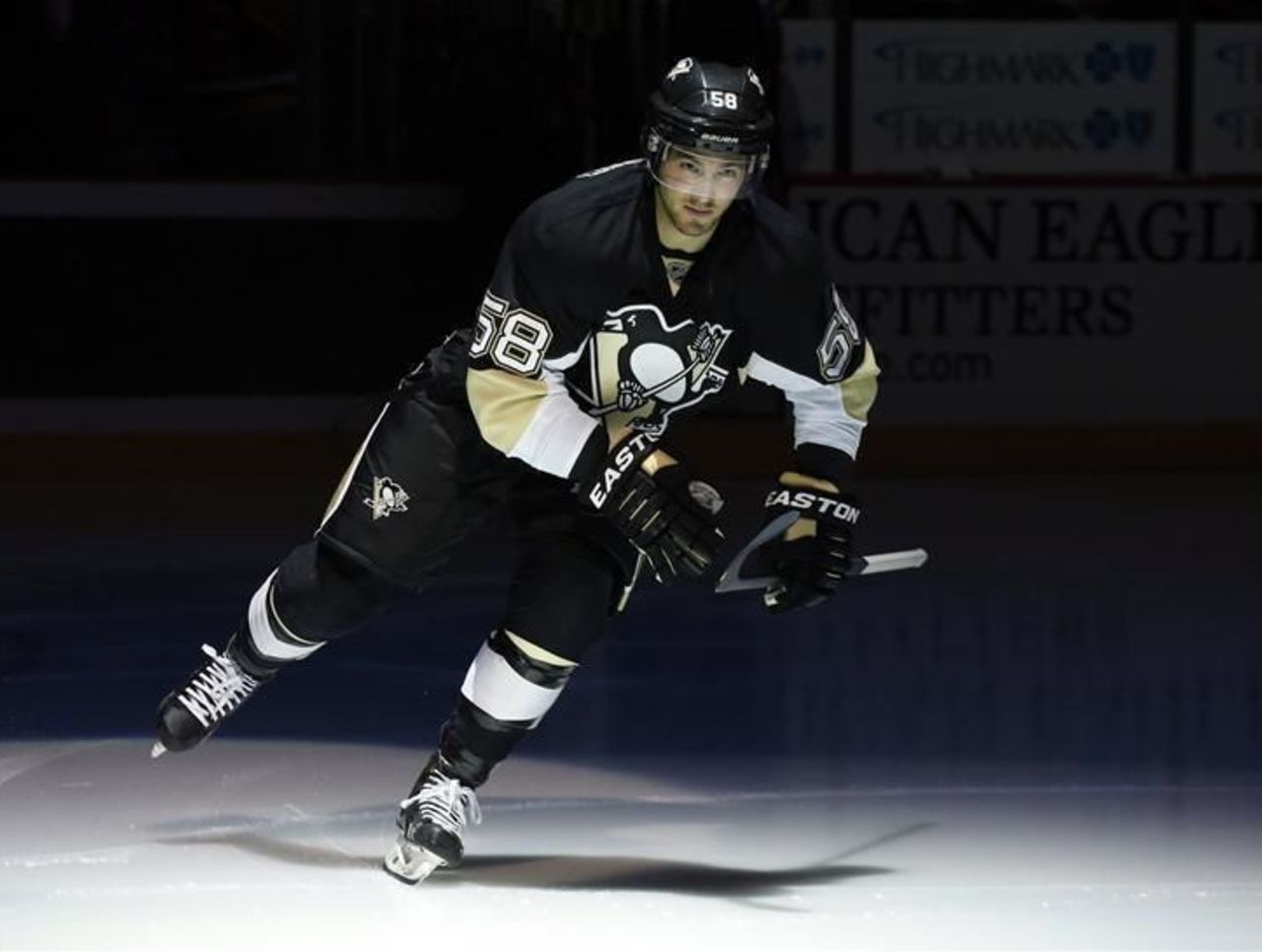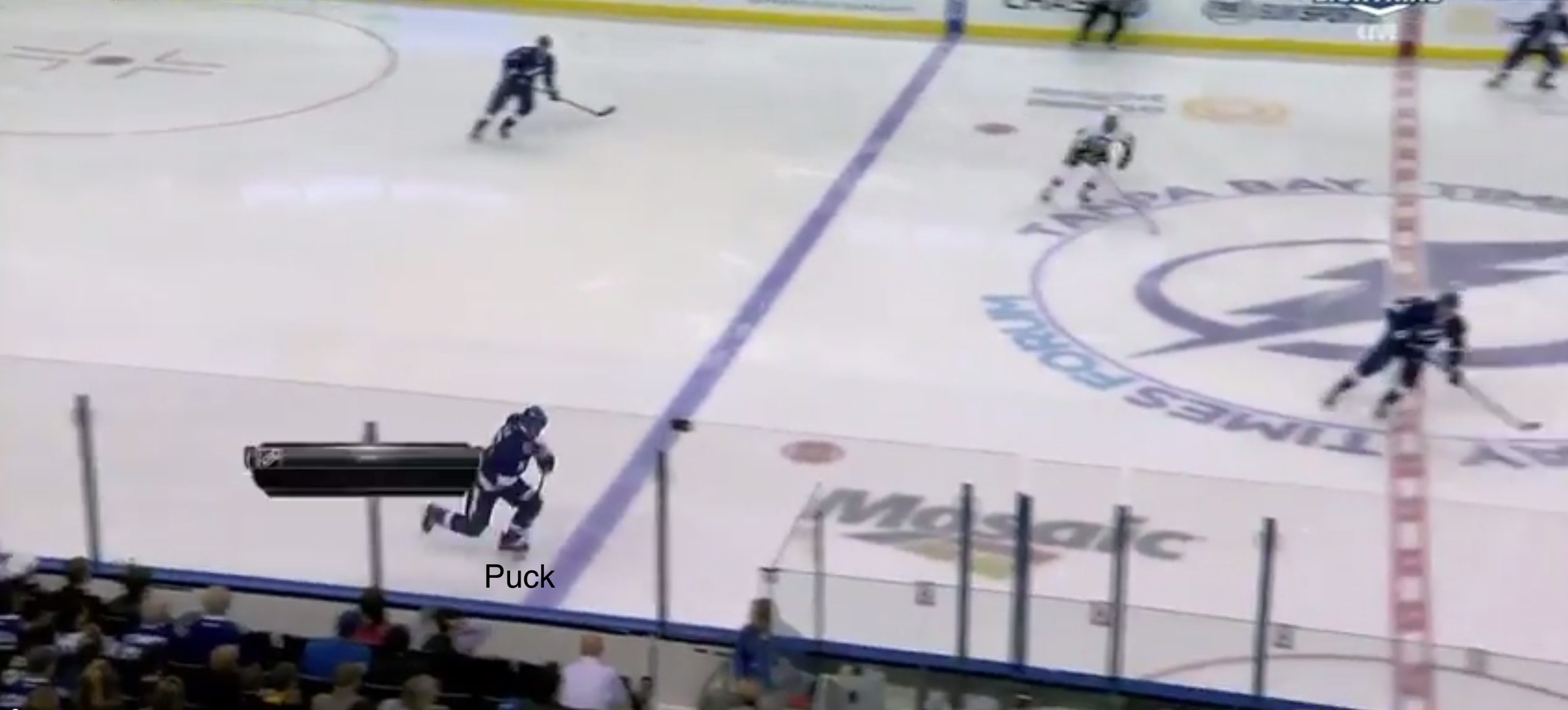Unique Team Traits: 2013-14 Penguins were more defensively sound than most realize
theScore’s multi-part team previews include a look at something that separates each team from the pack. From specific breakouts to power-play formations and beyond, Justin Bourne and Thomas Drance hope to highlight something you haven’t noticed in the past.
What we noticed
The Pittsburgh Penguins were surprisingly adept at stopping opponents on the rush
When most people think about the Pittsburgh Penguins, their first thought is rarely, “Boy, they sure are a defensively sound group, aren’t they?” Most are more likely to default to, “Crosby and Malkin and Kunitz, oh my!”
But lo! We’re here to tell you that some numbers actually show they were pretty tough to gain the zone against in 2013-14. And by “they” we mean “they minus Rob Scuderi.” But we’ll focus on the positives.
The Penguins pressured well before the blue and had some dynamic skaters on the back end, which (combined with anticipation) allowed them to get to dump-ins before their opponents. Let’s look at the surprising numbers, before we get to how they earned them.
The numbers

(As always, thanks to Corey Sznajder for the zone-entry numbers. The sample size is the 50-ish games per team played from the start of the 2013-14 season until Jan. 19th, 2014.)
The injury-riddled Pittsburgh Penguins were the fourth-best team at preventing shots after the opposing team entered their zone last season. Their 0.43 shots against per entry ranked behind only the New Jersey Devils and their exotic neutral zone forecheck, and physical, defense-first clubs St. Louis and Columbus.
I did not see that coming.
Dan Bylsma felt strongly about the damage carrying the puck in with speed could do, so he coached his team to actively prevent those rushes with early pressure. In turn, they were the second-best team in the NHL at preventing controlled entries. They were only average at limiting shots once teams gained the zone with solid possession, so we know they reached fourth in “total shots against per entry” by effectively forcing teams to dump the puck in.
The numbers are so shiny partially thanks to the great play of Matt Niskanen, who only allowed a 42.6 percent carry-in rate, which was far and away the best on the club among regular defensemen. No one was even close to managing a similarly low percentage of controlled entries against among first-pairing NHL defenders last season.
The individual numbers of Kris Letang, Robert Bortuzzo, Simon Despres, Olli Maata and Brooks Orpik all showed that they had success limiting carry-ins compared to the league average, while Paul Martin’s were even better than those of Niskanen. (Unfortunately, his numbers were skewed by an injury in late November that cost him a solid month of our sample.) Remember, we’re focusing on the positives here, so we're just gonna slide on past Rob Scuderi's numbers.
Once teams chucked it in deep, the Penguins had little problem turning the play the other way. They managed to permit shots against at a rate of just 0.27 against per dump-in attempt. Only three teams (Devils, Blues, and oddly the Vancouver Canucks) fared better.
The reason? Once the Pens D-core touched pucks in their end, they were a top-10 unit at zone exit success, and had one of the 10 lowest turnover rates in the league.
Niskanen again appears to have been a primary driver of this and managed an elite 30.3 percent success rate on exit attempts while racking up more defensive zone touches than any of his teammates. Letang had the highest success rate and was second to only Erik Karlsson in the league overall. Martin's 27.4 success rate was solid, too, and really all Penguins players were decent at this except Orpik ... and again, Scuderi.
The breakdown

As with all things neutral zone, the bulk of success and failure is roster-based. You simply can’t be successful in transition (starting with zone exits) if your D can’t skate, which is why guys like Letang and Maatta and Martin thrive. They absolutely can.
But the Pens also do a couple of things systematically well, which allows them to anticipate dumped pucks, affording them the extra step necessary to get first touch on the puck, killing forechecks entirely.
Excuse the graphic in our way below (second frame), but you can see a Lightning defenseman starting to carry the puck up the ice.

What the Pens don’t want, is “speed with the puck,” so they attack aggressively. They applied pressure on puck carriers as early as possible (as opposed to teams that sag and stack their defensive blue line) to cause dump ins. The D, in turn, would creep back early.

The puck carrier is chased to the wall early, the puck is dumped, and you can see the Pens defender turning before the puck is fired in. He knows he has to win the race back.
We’ll pause the GIF below so you can see how they pressure before the blue - which really just equates to good gap control - to force a dump. That means the weak side D-man can worry less about his gap, and more about that retreat to pick up the pill.

First touch, easy.
The Pens are an example of how good offensive players can bolster a team's defense. When you’re playing the Penguins, you know you can’t be turning pucks over at the blue line, or this can happen.

Teams are more prone dump the puck in, because it isn’t just fans who think Crosby and Malkin and Kunitz, oh my.
They see how quickly a turnover at the blue can become a minus, so when they're faced with even a moderately good gap (or numbers) against the Pens, they’re more prone to throw the puck deep … which Pittsburgh plans for.
The Penguins added Christian Ehrhoff, which leaves them with a top four that includes Letang, Maatta, and Martin. Most hockey fans may think of them as offense-first D-men, but when you have players who can skate and move the puck, D-zone play becomes less important, as it happens far less often.